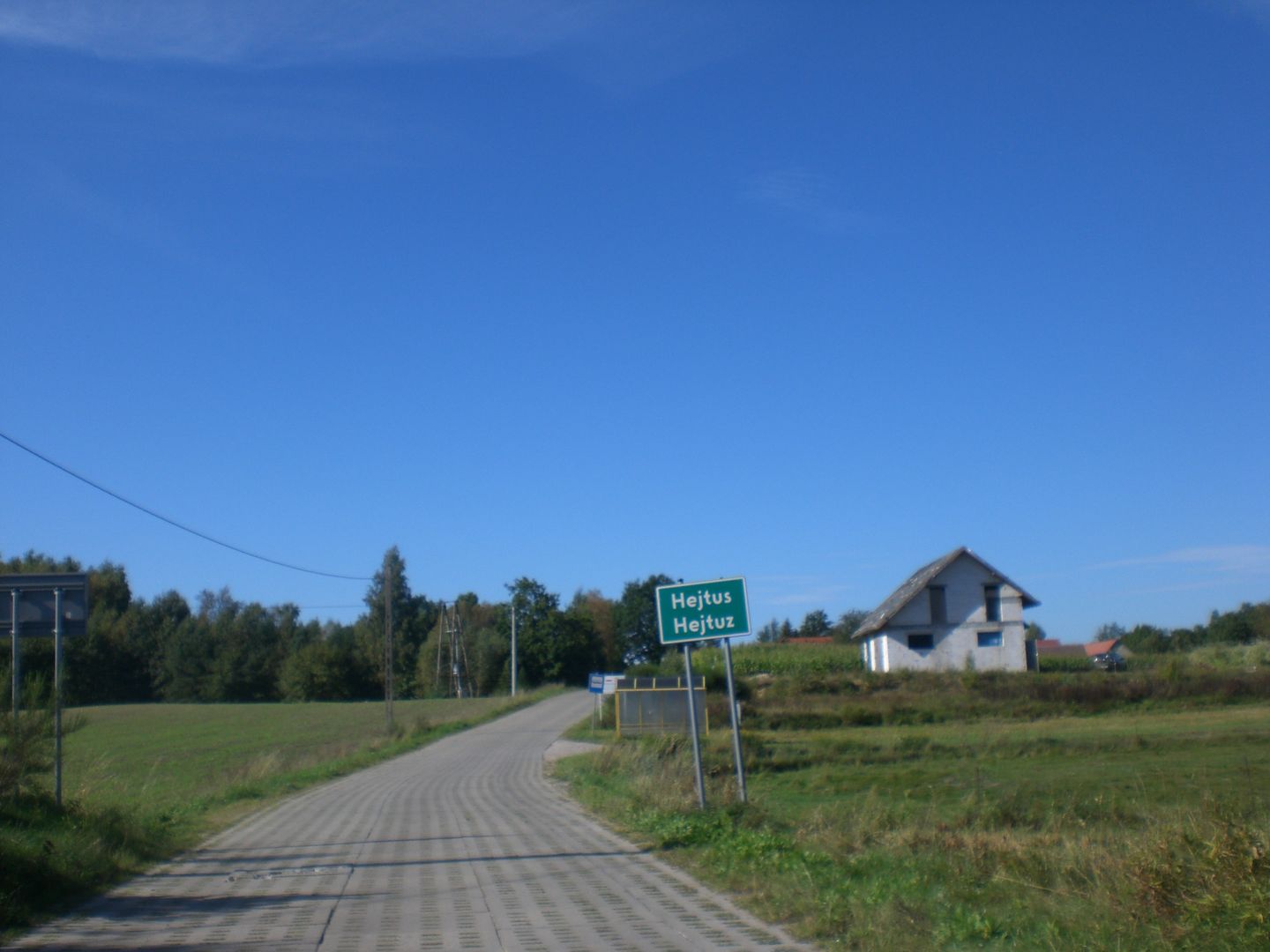Hateful
6.01

Overview
Hejtus, also known as Hejtuz, is a settlement within the Kashubian village of Pomieczyno, located in the Pomeranian Voivodeship, in the Kartuzy County. It belongs to the municipality of Przodkowo and is part of the Pomieczyno administrative village. The name of the settlement appears in various forms in historical documents, and Hejtus has its roots in the 17th century, when it was royal property. In later years, it became a site of development, including a glassworks. In 1820, the local peasants were enfranchised, which granted them personal freedom. From 1867, children from Hejtus attended school in Pomieczyno, initially in Polish and later in German, reflecting the region's political changes. In 1921, the population was 69, with a majority of Kashubian Catholics. It is worth noting that Hejtus holds cultural significance, as annual pilgrimages to Sianów pass through the village, and cranes can be spotted in the nearby wetlands. Currently, the Pomeranian Wild Bird Rehabilitation Center operates here, highlighting the local commitment to wildlife conservation. Architecturally, Hejtus features a brick shrine from 1951, which commemorates and enriches the village's landscape. The picturesque area is traversed by hiking trails, making Hejtus an attractive destination for nature lovers and outdoor enthusiasts. Additionally, Ignacy Wilczewski, a Polish activist, hails from Hejtus, which strengthens the local sense of identity and history.
Location
2025 Wizytor | All Rights Reserved